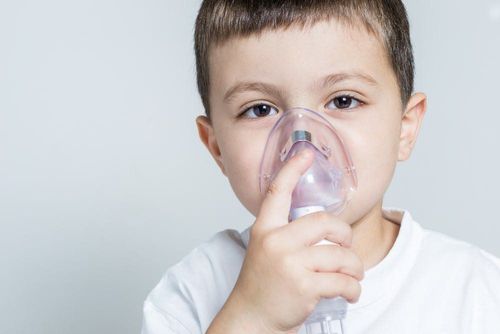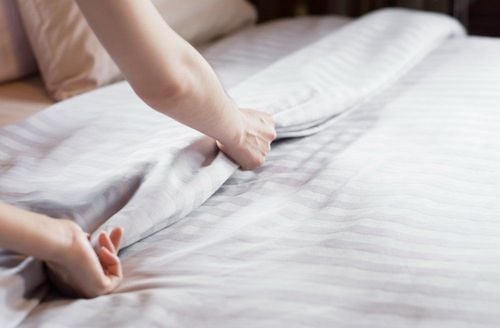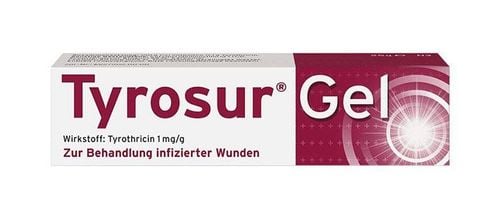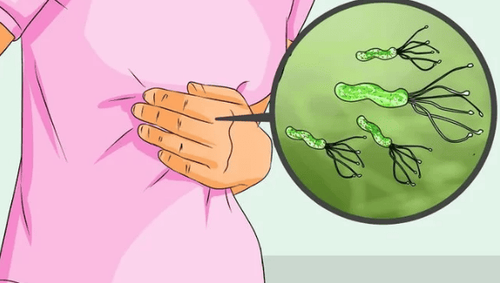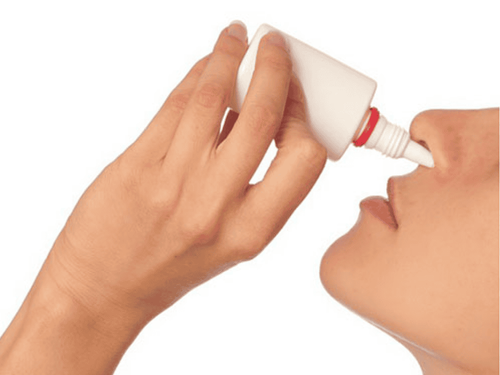This is an automatically translated article.
One place that few people think about when eliminating toxins in the home is the mattress. After all, the mattress is where the most time is spent. Therefore, knowing about the toxins in the mattress that can be encountered as well as the types of safe mattresses for health is one of the basic things to prevent illness for yourself and your family.
1. The toxins in the mattress are not chemical
Most people look for chemicals as the main source of toxins in mattresses. While mattress chemicals are an important factor, some of the following toxins in mattresses should not be overlooked:
Dust mites: In fact, one dust mite can contain up to 20 allergens and It is the root cause of asthma in children and allergic rhinitis in adults. Germs: Most people spend up to a third of their day in bed. When sick, that time can be doubled, even tripled. When sweating, sneezing, coughing, ... in bed, these bacteria can sink deep beneath the mattress layers and make the illness even longer. Therefore, you need to choose a mattress that has dust mite resistance and antimicrobial properties to ensure the long-term health of the whole family.
2. Toxic chemicals in mattresses need to be monitored
Mattresses are made with many different materials and manufacturing processes. These differences result in mattresses with varying levels of comfort, firmness, support, and durability. Some mattresses use natural ingredients in the manufacturing process, adding some chemicals, if any, to the mix. However, other processes use chemicals that can be dangerous for human contact, including those listed below:
Formaldehyde: This preservative can cause severe irritation and commonly used in the adhesive between mattress layers together. Polybrominated diphenyl ethers (PBDEs): These chemicals are commonly used as flame retardants. Although they have been banned in many countries for use in mattresses, there are many older mattresses that still contain these harmful ingredients that have been linked to low fertility and hormonal changes in adults, as well as serious health problems. causes hyperactivity , low birth weight and growth retardation in children . Diisocyanates: Commonly used in active foam mattresses, diisocyanates have been found to cause potential harm. They have been linked to a variety of medical conditions, including causing asthma, irritating the eyes, lungs and skin, damaging the lungs and, in severe cases, causing fatal reactions. Boric Acid: Often used by mattress companies to make mattresses that are resistant to bed bugs and bacteria, boric acid can cause adverse effects on the upper respiratory tract. Benzene: This is a petrochemical identified by the World Health Organization as a blood carcinogen, because it causes aplastic anemia, chromosomal aberrations, etc., when exposed to long-term.
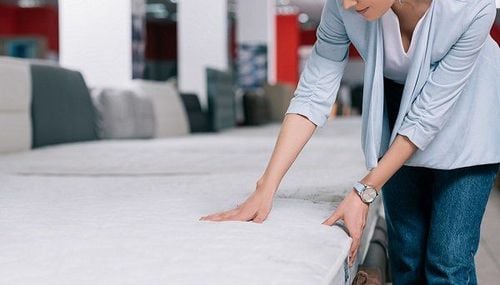
Nệm kém chất lượng có thể chứa độc tố trong nệm và gây ảnh hưởng tới sức khỏe người dùng
3. How to switch to a healthy mattress?
If you are sensitive to many different chemicals or you find yourself prone to headaches, fatigue, shortness of breath or skin irritation on days of spending a lot of time indoors, it's time to be aware. ready to switch to a healthier mattress. The following guidelines will help consumers choose an organic mattress or alternative materials that are healthier for all family members.
Non-toxic alternative materials:
Organic Cotton: Organic cotton is good for both the human body and the environment. From planting to harvesting and to completion, organic cotton is created without any chemicals that are harmful to the environment or the people using the finished product. When shopping for a non-toxic mattress, be sure to look for one made with organic cotton rather than non-organic cotton. Wool: Natural wool is a very organic, non-toxic material. This ingredient is hypoallergenic, renewable and naturally flame retardant. Mattresses made with wool are generally much safer than other options. Buy a quality mattress cover:
If you recently bought a new mattress that has significant air leaks and can't stand the smell, try buying an organic mattress. Now, although a good quality mattress cover cannot completely protect the user's health from the long-term harmful effects of toxins in the mattress, it can still help reduce odors, thereby reducing headache or dizziness.
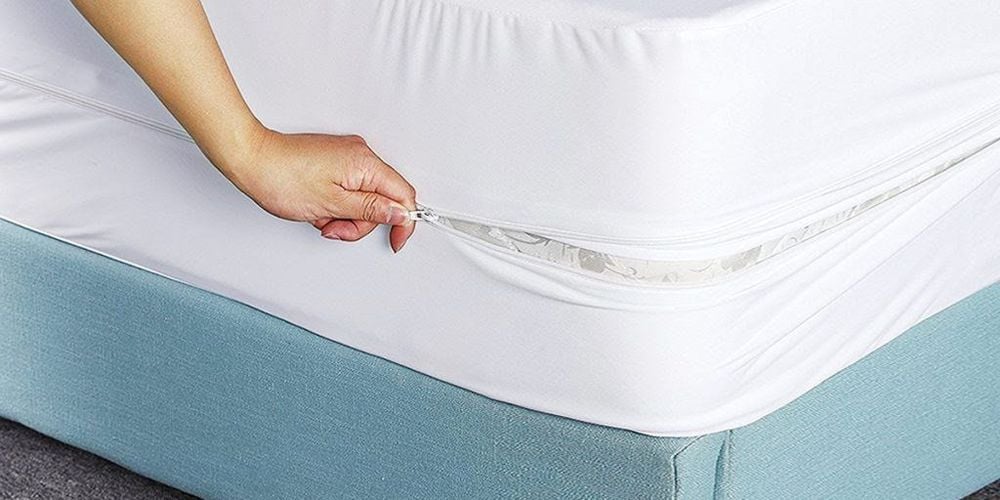
Tấm bọc nệm chất lượng giúp bảo vệ bạn khỏi độc tố trong nệm
The best way to be sure that a mattress is safe for your health and the environment is to buy a new, completely organic mattress. The best organic mattresses are often a hybrid, consisting of a latex or full latex mattress, as all-natural latex is an excellent organic material for the environment, health, and sleep quality. Besides, the latex mattress is breathable, cool and supportive, helping to relieve pressure and align the spine for all types of sleeping positions. The best latex mattress is made of natural instead of synthetic and is good for the environment and human health. In a nutshell, as time went on, mattresses stuffed with feathers, wool and cotton wool as well as other natural materials were replaced with the advent of synthetics. Things don't change for the better when everyone is at risk of facing toxins in the mattress while sleeping. It's time to care about whether the mattress is safe, these insights will help people choose a mattress that is safe for the health of the whole family, provides a safe and environmentally friendly sleep.
Please dial HOTLINE for more information or register for an appointment HERE. Download MyVinmec app to make appointments faster and to manage your bookings easily.
References: savvyrest.com, mattressnerd.com, sleeplily.com, webmd.com



